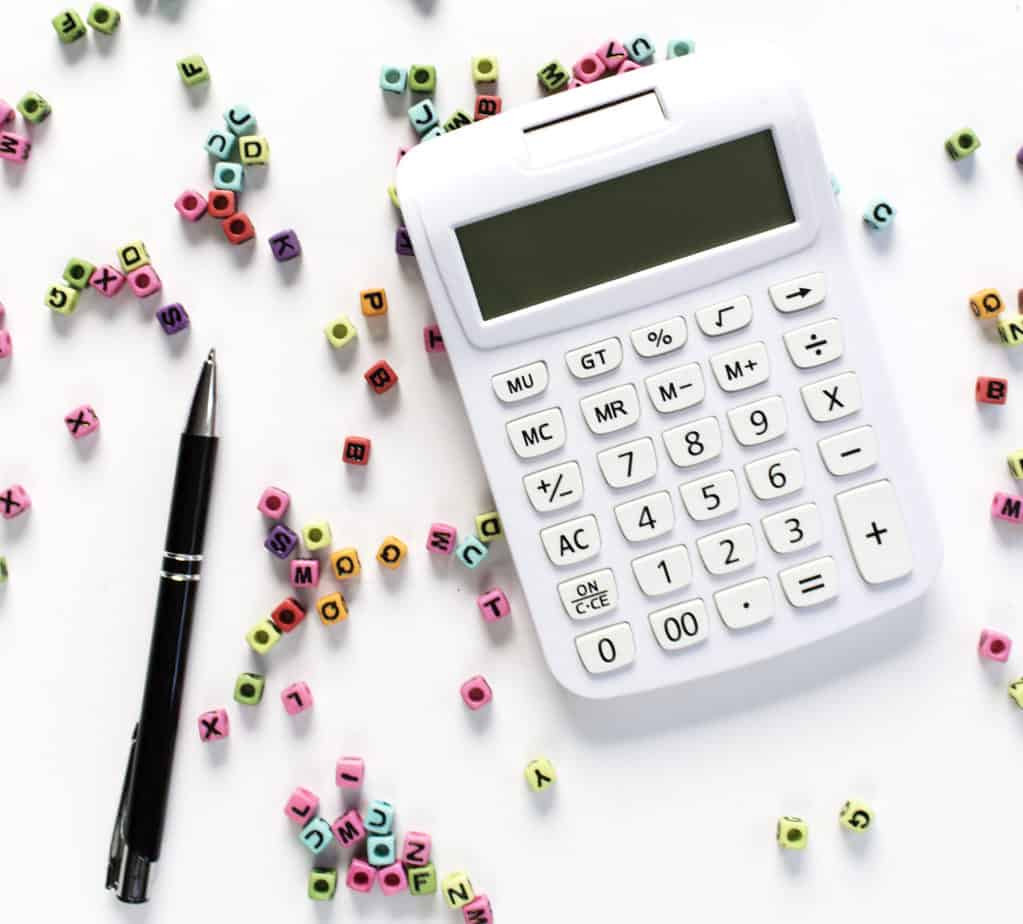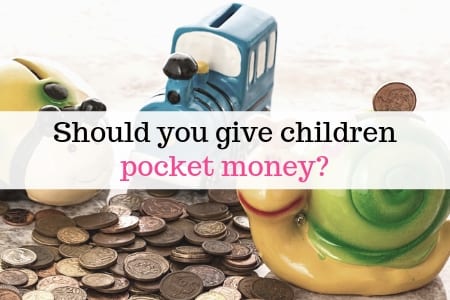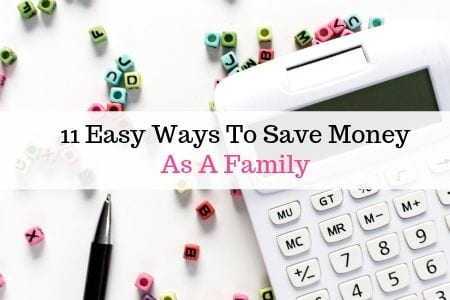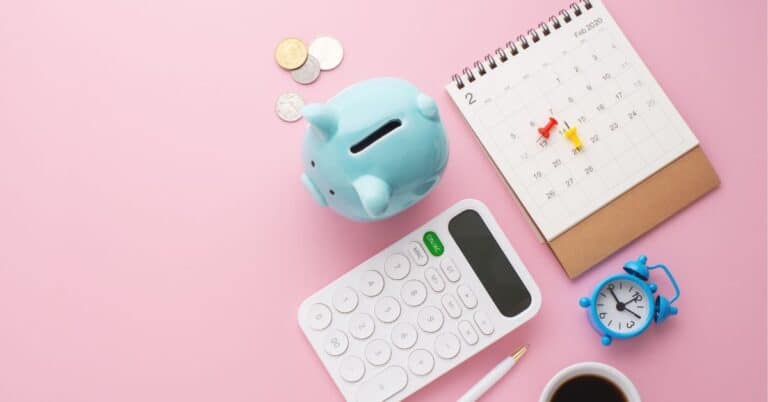How To Teach Kids About Money
Posts contain affiliate links, see disclosure for more details.

For most of us, our first experience of handling money was back when we were children, maybe when we started saving pennies in a piggy bank or when our parents started giving us pocket money.
In fact, a study that came out of the University of Cambridge found that our money habits are actually formed by the time we seven.
Wow.
My daughter will turn seven this year and it seems amazing to me that her money habits have already been forming. It’s made me think more about the influence we as parents have in the shaping of our children’s future relationships with money.
We really do have the responsibility of teaching children about money and helping them to develop good habits early on to set them up for future financial success.
But how do we do it?
6 Ways To Teach Kids About Money
Start early
Since studies have found the children can grasp simple money concepts from the age of three, there’s no reason to hold off teaching young children basic financial literacy.
HOW TO:
Start with coins. Kids love playing with money, whether it’s real or toy money, and introducing them early to the different values belonging to different coins can really help them not only with understanding currency, but also with basic maths.
Show how money is earned
A great lesson to teach kids about money early on is about how money is earned. When they ask for things (as kids frequently do!) you have a good opportunity to sit and have a conversation about how you as parents earn money, all the things that money needs to be used for, and why it may or may not be possible to use that money to buy whatever it is they’re asking for.
HOW TO:
To help teach them the value of earning their own money a common thing to do among parents is to give them chores to do in exchange for pocket money. They don’t have to be difficult and it’s important to choose age appropriate chores that are achievable.
Teach Budgeting Skills:

When they have some money of their own, whether that’s earned or gifted, we can then teach them the value of budgeting and delayed gratification.
HOW TO:
A super simple way to get started with this is to use money jars. Take three small jars and label them Spend, Save, and Share.
Whenever they get any money, they can choose how they want to split it between the three jars. The saving jar will help them learn about saving up for things in the future.
The spending jar allows them to buy small purchases right way and the share jar can be used to teach them about giving and how their money can be used to help others, which also helps give a broader understanding of the world.
Set Goals
The jars can also help children learn about goal setting and delayed gratification.
HOW TO:
If they set a goal of perhaps a specific item they want to save up for you can sit down with them and work out roughly how long it will take them to save up enough.
It might help to encourage them towards smaller goals they can easily achieve at first to keep them motivated, which hopefully will encourage them to start reaching for larger goals as time goes on.
The savings jar means they can see their money growing and they can take it out to see how much more they need to save.
An academic experiment found that children who were willing to delay gratification were more likely to gain higher academic scores and developed into more socially and cognitively competent adolescents. [Source]
Savvy spending
Another way to teach kids the value of money is to show them how to be a savvy shopper and get the most for their money wherever possible.
HOW TO:
Involve them when you go shopping – demonstrate the different ways you search for a good deal and compare prices. If you use coupons you can get your kids to cut them out and help you find the discounted items in the shop.
All of this will help them learn how to make smart money decisions when shopping.
Let them learn from experience
One of the best ways we learn is from experience, and that’s especially true for children as they grow and learn everyday.
HOW TO:
Let your kids make their own decisions about how they spend and save their money. If you think they might regret their choices of course point that out and show them all the options, but ultimately let them make their own decision.
My children were all gifted some money for Christmas and my eldest rushed immediately out and spent almost the entire amount on a fancy dress mermaid costume despite my husband trying to dissuade her. My youngest chose to spend £5 on a Buzz Lightyear T-shirt and save the rest.
Less than half an hour after returning from the shop my eldest was upset and said it was because she didn’t have any money anymore and her sister did, and that she didn’t love the mermaid outfit as much as she thought she would.
Letting her make that choice herself, although she felt sad about it, means she now has firsthand experience about making her own money choices and might think more carefully about what she really wants next time. Ever since then she’s kept hold of every 10p she’s had, even choosing to stash away her school snack money instead of spending it!
Letting them learn by doing is a great way of helping them develop and form their own financial habits early on.
Final thoughts…
Since financial habits are formed so early, it means that we as parents have both the opportunity and (somewhat scary!) responsibility of teaching them good money habits.
As we are usually their first and biggest role models they learn first and foremost by watching us, so the best thing we can do is demonstrate and involve them in financial tasks which will hopefully help them to form great money habits to carry into adulthood.
You might also like:
Pin it!










![[CLOSED] Giveaway! Win One Of Eight Festive Hampers](https://www.missmanypennies.com/wp-content/uploads/2019/12/1.jpg)